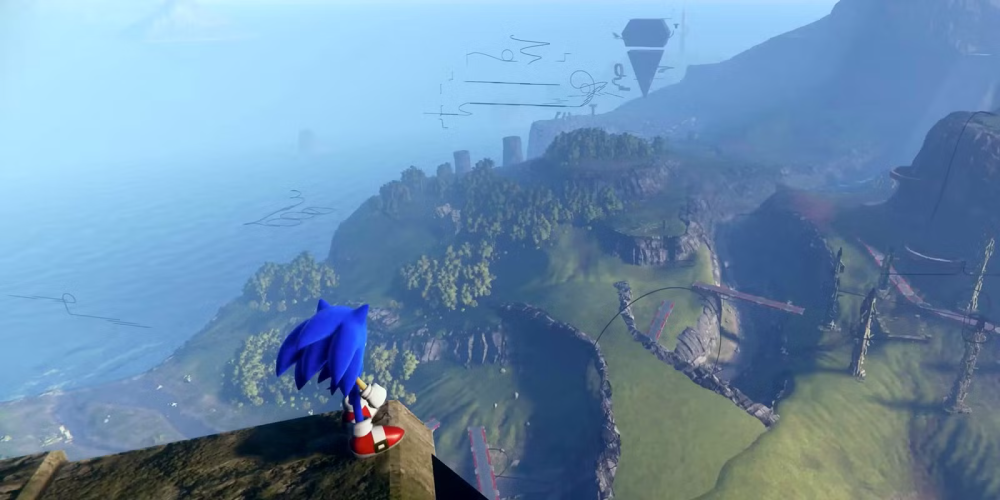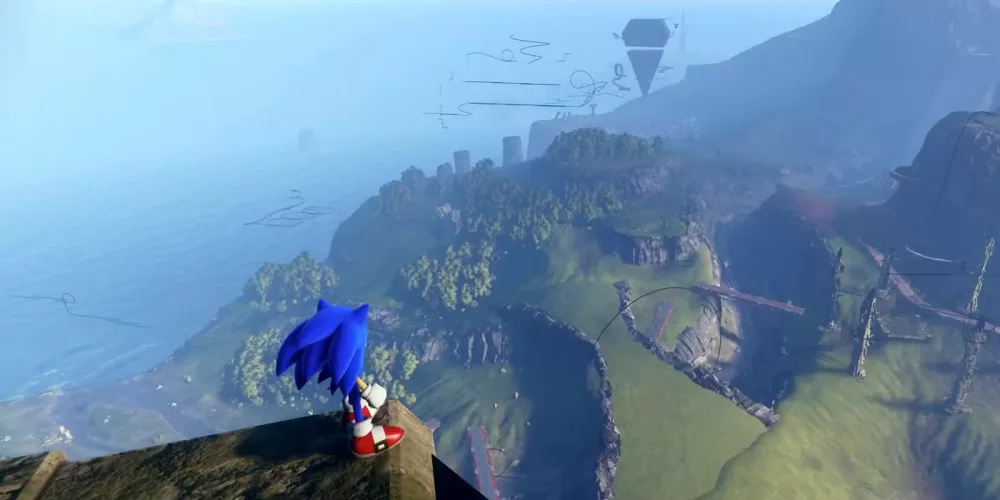
Video games are carving out a spot among the established art forms, and it’s about time they get a nod for their artistic flare. But you have to admit, they’re not quite hitting their full artistic potential just yet. The journey to being seen as art isn’t as smooth as a Mario Kart race with only banana peels. Much like how movies and books took their sweet time to be embraced as art, video games are on their own path. They’ve got the potential – it’s just a matter of time and the right push.
Back in the day, folks weren’t exactly calling movies or even novels fine art. They thought film was just a passing amusement and novels were for those with too much time. Video games are in that same boat today. Movies and literature grew into sophisticated art forms over decades, but video games, with their colorful visuals and mind-bending stories, will likely follow suit.
Despite the skepticism, there’s undeniable magic in how games tell their stories and create immersive worlds. The artistry is there, from the subtlety of lighting in a scene to the crescendo of an unforgettable soundtrack. By looking past the button-mashing exterior you can find the heart and soul. Games like ‘Journey‘ and ‘Gris‘ offer beauty and emotion that rival any painting or symphony – they just use pixels instead of paint or instruments.
The mindset is shifting – slowly, sure – but it’s moving. Whether it’s indie creators pouring their hearts into pixel art or big studios crafting expansive, emotional sagas, video games are finding their way. It’s worth noting that this transition takes time. But encouraged by a strong community and innovative creators, video games are poised to make a striking impact in the world of art.
Video Games and Their Artistic Parallels
Video games sit in a landscape that’s not so different from where film and literature once stood. Remember when people thought movies were just a fun sideshow and novels were looked at with skeptical eyes? We now hail these as cornerstones of culture. Video games are inching towards that recognition, riding a similar wave to legitimacy as art.
Drawing parallels with older art forms, video games echo the struggles film and books faced. Critics once claimed the big screen was nothing more than a novelty and not serious art. Over time, films have become celebrated for their storytelling and visual prowess. The same journey is unfolding for video games, moving from pixelated pastimes to thought-provoking narratives.
Books, once targeted for deviating from the norm, have since come to mold societal perceptions and inspire cultural change. Video games are on the cusp of similar influence. Historical acceptance of literature and movies sheds light on video games’ potential path to not just acceptance, but celebration.
Accepting video games as art means embracing their parallels to other media. The evolution isn’t just about killer graphics, but the essence they captivate and share with audiences. Just like films, games craft emotional arcs and visual aesthetics that pull audiences into unforeseen adventures.
This trajectory isn’t just historical déjà vu—it’s an unfolding narrative where vintage art and modern media meet. With creators pushing boundaries like never before, video games might soon possess the same ripple effect that movies and novels instigate in art circles. In this parallel dance with history, games prove they’re ready to strut their stuff as the next big thing.
Transformative Storytelling: The Video Game Experience
Video games offer something movies and books can’t—a way for you to dive right in and make the decisions of certain characters. Unlike watching a movie where you’re a mere spectator or sitting with a page-turner, games often invite you into the driver’s seat, letting you steer the plot and influence the outcome. This level of interaction can make storytelling in video games transformative.
You’re not just following a story, you’re part of it. Games like ‘The Witcher 3‘ or ‘Red Dead Redemption 2‘ give you choices—where your decisions reshape the world around you, creating a narrative web that’s truly unique to each player. That’s a level of engagement you just can’t find in more traditional narrative arts.
The stories in video games often have layers which invite players to dig deeper. Games aren’t limited to linear storytelling; they branch out with unexpected plot twists and dynamic character arcs. ‘Life is Strange‘ and ‘Mass Effect‘ showcase how your decisions directly influence outcomes, blending player agency with the narrative in mesmerizing ways.
Interactive storytelling also means players build connections with characters on a different level. It’s one thing to read about a hero’s journey; it’s another to walk in their shoes, making that journey your own. The emotional weight of seeing your choices shape a character’s fate can leave an indelible mark.
With the amazing tech and creative innovation in games, storytelling is evolving rapidly. Virtual reality is pushing this even further as it blurs the lines between real and digital worlds. As game design becomes bolder and more innovative, the potential for storytelling becomes limitless—not just crafting stories, but creating entire worlds to explore.
Breaking Barriers: Exploring Themes and Addressing Stigmas
Video games cover a mind-blowing range of themes and genres, contrary to the idea that all games are just about high scores and boss battles. Titles like ‘Final Fantasy VII‘ tackling capitalism or ‘Undertale‘ playing with concepts of morality and identity – not all games are just for blowing off steam. Some just want to challenge our perspectives and dive deep into societal critiques.
But there’s still some stigma that video games need to deal with. Plenty of people still see gaming as childish—a fun pastime but not something serious or grown-up like a good old-fashioned book. This mindset can undervalue the artistic expression games are capable of. The perception often ties into contemporary ideas about productivity versus leisure. If it’s fun, can it really be worthwhile or meaningful? I’m sure you can find many games that manage to pull this off splendidly.
Breaking down these stigmas means embracing the cultural shift towards understanding the artistic merit and complexity of video games. Just like how comics evolved into celebrated graphic novels and animation moved from kids’ cartoons to Academy Award-winning films, games are due greater recognition.
The potential for growth is massive. As creators dig deep to push the limits of storytelling and artistry, they’ll undoubtedly make games that encourage people to think, feel, and reflect. The future holds the promise of more diverse, nuanced narratives that challenge us just as much as they entertain.
Video games are on the rise, ready to shatter barriers and redefine what art can be. With creators pushing their limits and a community backing them, the stigma won’t hold video games back for long. What’s next could be nothing short of revolutionary, bridging gaps between culture and art in ways we haven’t seen before.
About Julianne
Julianne is the founder and writer for the blog articles here on Power Player Zone – a nurturing online space for gamers to learn more about their passion, no matter their background or identity. As an introverted female gamer for the past 5 years, Julianne strives for inclusivity in her mission to spread the joy of video games to everyone; for her, games aren’t just for fun – they allow us to gain insight into ourselves and the vibrant cultures and communities in which we live.

